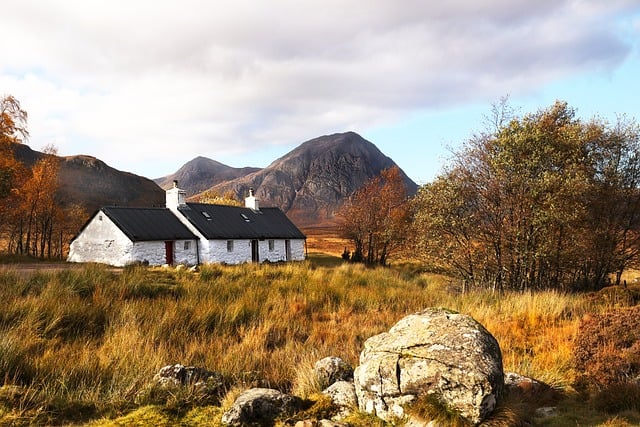In real estate, strong community bonds and neighborly spirits significantly enhance neighborhood desirability and property values. Local gatherings, from block parties to clean-up drives, foster a sense of belonging that encourages investment, safety, and well-being. Communities known for warm hospitality have higher rates of social events and collaborative initiatives, leading to increased local economic vibrancy and faster property value appreciation. This welcoming atmosphere attracts new residents, creating a positive feedback loop that benefits both existing and prospective homeowners.
In today’s fast-paced world, the concept of neighborly spirit is more vital than ever for real estate communities. Strong community bonds not only enhance the desirability and property value but also foster a sense of belonging that goes beyond financial considerations. This article explores the transformative power of neighborliness through local gatherings, delving into case studies, event types, and real estate strategies that can revolutionize communities. Discover how developers, agents, and residents alike can cultivate thriving neighborhoods that thrive on connection.
The Role of Neighborly Spirit in Real Estate Communities

In the realm of real estate, a community’s success is often measured by more than just the quality of its properties. The neighborly spirit that thrives in these areas plays a significant role in creating a vibrant and desirable living environment. When residents foster friendly connections and mutual respect, it enhances the overall quality of life, making the neighborhood a pleasant place to call home. This sense of community extends beyond social interactions; it influences property values, as buyers are increasingly attracted to places where they can feel connected and welcomed by their neighbors.
Real estate communities that embrace neighborly spirit often organize local gatherings, creating opportunities for residents to bond. These events, ranging from block parties to neighborhood clean-up drives, foster a sense of belonging and encourage collaboration. In turn, this strengthens the social fabric of the community, making it more desirable for potential buyers seeking not just a place to live but a supportive and welcoming environment where they can build lasting connections.
– How strong community bonds impact property value and desirability

Strong community bonds are a driving force behind the thriving local gatherings that increase a neighborhood’s desirability, which in turn positively impacts real estate values. When residents feel connected and support one another, their sense of belonging deepens, making their homes not just properties but extensions of their social circles. This fosters a sense of safety and well-being, encouraging investment and retention, which is evident in stable or rising property values.
The desirability of a neighborhood isn’t merely about aesthetics or amenities; it’s also about the intangible—the feeling of community. Strong bonds encourage local businesses to thrive, create a shared sense of history and identity, and facilitate social events that bring residents together. This collective energy makes the area more vibrant, attractive, and desirable for both current residents and prospective buyers, further enhancing the real estate market.
– Case studies: Neighborhoods known for their friendliness and the economic benefits

In many ways, the health of a community is reflected in its neighborly spirit and the frequency of local gatherings. Case studies from various neighborhoods highlight this correlation. For instance, communities known for their warm hospitality often have higher rates of social events, community gardens, and collaborative initiatives. These gatherings not only strengthen bonds between residents but also foster a sense of belonging that can significantly impact the desirability of the area.
Real estate experts attribute the economic vibrancy of such neighborhoods to this unique atmosphere. Homes in areas characterized by strong community ties tend to retain their value better and may even appreciate faster due to increased local investment and participation. Additionally, new residents are often attracted to these communities because of their welcoming nature, leading to a positive feedback loop that benefits both existing and prospective homeowners.






